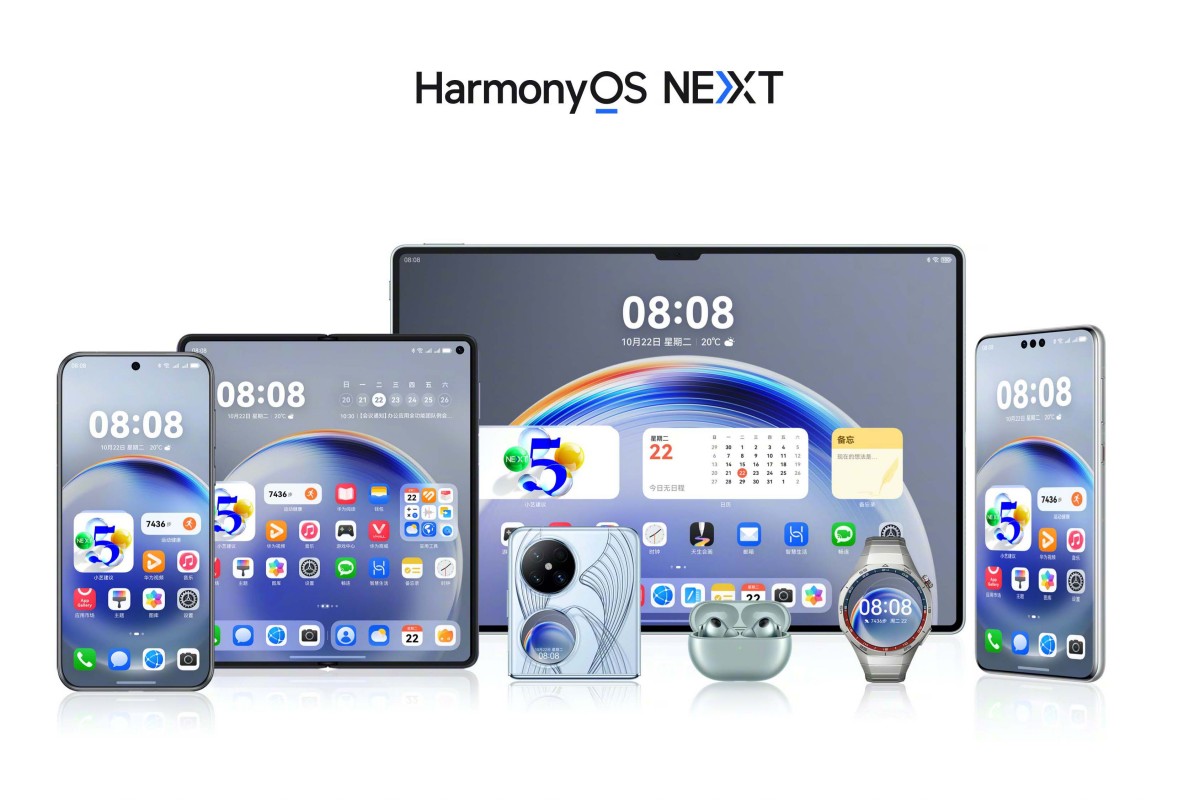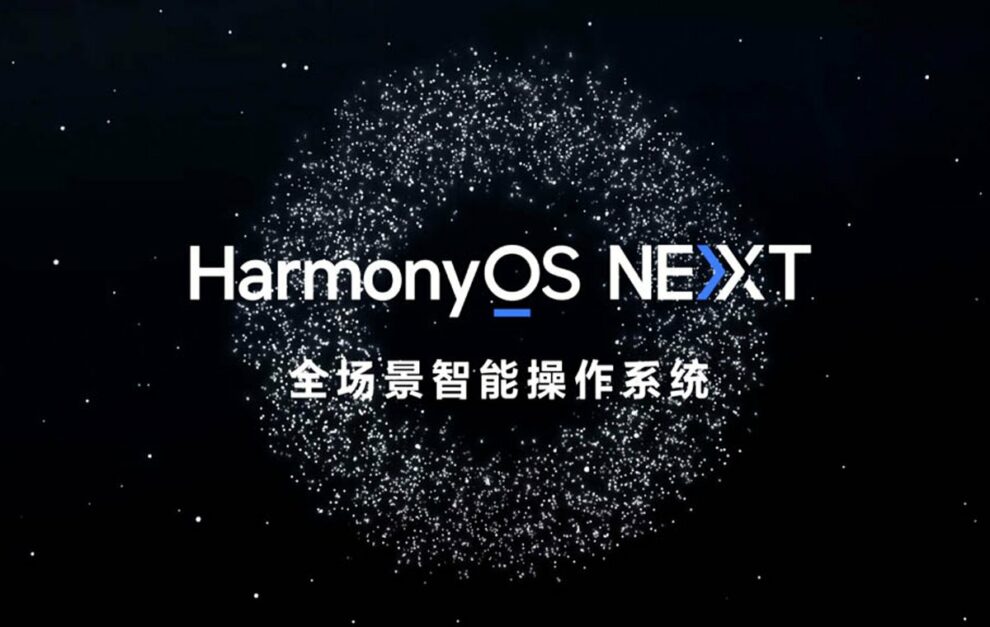Huawei has officially launched HarmonyOS NEXT, completely severing its ties with the Android ecosystem. The announcement, made on October 23, 2024, represents a significant milestone in China’s push for technological independence and coincides with Apple CEO Tim Cook’s diplomatic visit to Beijing.
This latest iteration of HarmonyOS marks a decisive break from its predecessors, as it completely abandons Android app support in favor of a purely native ecosystem. The operating system, boasting 110 million lines of code, promises impressive performance improvements, including a 30 percent boost in overall device performance and an additional 56 minutes of battery life, while maintaining 1.5GB of free memory for user applications.
The timing of the launch proved particularly dramatic, occurring on the same day Apple’s Tim Cook met with China’s Minister of Industry and Information Technology, Jin Zhuanglong. During this meeting, Cook reportedly expressed Apple’s commitment to increasing investment in China and supporting the development of the country’s industrial and supply chains, highlighting the complex dynamics of international tech relations.

Huawei’s transition to complete independence from Android represents a significant achievement in China’s technological landscape. The company has already secured support from major Chinese digital platforms, including Meituan, Douyin, Taobao, Xiaohongshu, Alipay, and JD.com, all of which have developed native applications for the new operating system. At launch, the platform boasts over 15,000 native applications and meta-services, though this number falls significantly short of the millions of apps available on Google Play and Apple’s App Store.
The development of HarmonyOS NEXT was largely driven by necessity following U.S. sanctions in 2019 that cut off Huawei’s access to Google Mobile Services. Previous versions of HarmonyOS relied on the Android Open Source Project for core functionality, but this latest release represents a complete break from any Android dependencies.
Despite previous indications of global ambitions, Huawei has confirmed that HarmonyOS NEXT will initially remain exclusive to the Chinese market. This decision comes despite some international success in attracting developers, with Singapore-based Grab and Emirates having created applications for the platform. The operating system currently supports devices running Huawei’s own Kirin and Kunpeng chips, further emphasizing the company’s push for self-reliance.
Huawei’s ambitions extend beyond mobile devices, with plans to replace Windows with HarmonyOS on its future PC products. This announcement, made by Yu Chengdong, chair of Huawei’s consumer business group, signals the company’s intention to create a comprehensive ecosystem across multiple device categories, though specific timeline and adoption details remain unclear.
The launch of HarmonyOS NEXT represents more than just a new operating system; it symbolizes China’s growing technological independence and its ability to develop sophisticated software platforms independent of Western technology. This development could have far-reaching implications for the global tech industry, potentially inspiring other markets to pursue similar paths of technological self-reliance.
While the immediate impact of HarmonyOS NEXT may be limited to China’s domestic market, its successful deployment could influence how other countries approach technological independence and digital sovereignty. The platform’s performance claims and growing ecosystem of native applications suggest that Huawei has created a viable alternative to established operating systems, even if its global reach remains limited for now.
As the technology landscape continues to evolve amid geopolitical tensions, HarmonyOS NEXT stands as a testament to China’s technological capabilities and its determination to establish independent digital infrastructure. The success or failure of this ambitious project could have lasting implications for the future of global technology development and international digital ecosystems.
















Add Comment